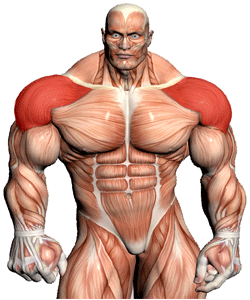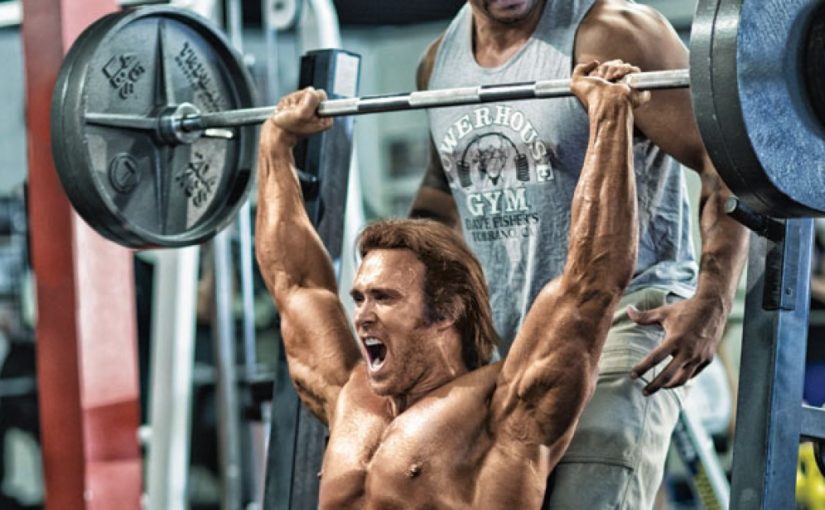Boulder Shoulder Breakdown
It’s no surprise that the most famous routine put together to form that boulder on the side of your arms can be composed of: Shoulder Press/Military Press, and lateral raises. After all, isn’t this the very first thing we all learned when we decided to set foot in a gym? Although these exercises can be very effective and should be established as part of your weekly routine, it is important to understand the specific ways to go about training this group as a whole. And by “group” I mean every muscle that composes your deltoids.
The very first thing any bodybuilder, client, or average joe should know about training your delts, is that they are composed of three heads; Much like your tricep in a way. These heads are called:
-
Anterior Deltoid (Front)
-
Medial Deltoid (Middle)
-
Posterior Deltoid (Rear)
Many muscles rely on the shoulder to function properly, including your traps, chest, arms and parts of your upper back. It becomes clear as to why we should direct more attention to targeting this region correctly to stimulate the maximum amount of growth possible.
Unfortunately, in many heavy compound movements and exercises, the targeted muscle is not completely pushed to failure because the secondary muscles are the first to fatigue. A good example of this would be a standard bench press. More often than not, your anterior deltoid will fatigue first which won’t allow maximum stimulation to the pectoral muscles. Nothing sucks worse than having to put the bar back on the rack when I know that my chest has so much more to give! To correct this, the targeted muscle group must be pre-fatigued before you attempt any compound movement.
Here’s a deltoid workout example:
The 3 heads of the deltoid will be pre-fatigued individually and then pushed to complete failure with a heavy compound lift.
- Sitting on an upright bench, take moderately light dumbbells, and with one CONTINUOUS MOVEMENT start with your hands at your side and raise the dumbbells straight up over your head. This movement recruits the front (Anterior), and rear (Posterior) deltoid heads.
- Once your arms cannot reach any further, slowly drop your arms laterally into a controlled lateral raise. Pause when your arms are completely horizontal and parallel to the ground. This movement recruits your medial deltoid.
- Now return the dumbbells in a controlled fashion the exact way that they ended up at that position, repeating the process in reverse order.
*It is important to remember that this is just a pre-fatigue movement. As soon as you start feeling your muscles get tired, stop! This is called the Point of initial fatigue.
NOW LETS HIT EM’ HARD!
On the same standard upright bench, grab 75-80% of your one rep max (Dumbbells), and shoulder press as many times as you possibly can. Having a lifting partner is crucial in workouts like these. Whether they physically help you get the last few reps up, or they just spark your mind to believe that they’re helping more than they REALLY ARE, it’s still progress. And progress is the name of the game!
Let me note that this type of workout routine can be administered in many different ways and exercises. This is just a basic guideline to learn from! If your workouts have become dull and boring, try this one out! And let me know how sore you are the next few days…
Till then, train hard, and train smart.
-Mitch Muller
CPT – MindsetFitness.net
Summary with credit to: Permanent Muscle by Reuben Bajada. The Poliquin Principles by Charles Poliquin. ACEFitness.org



